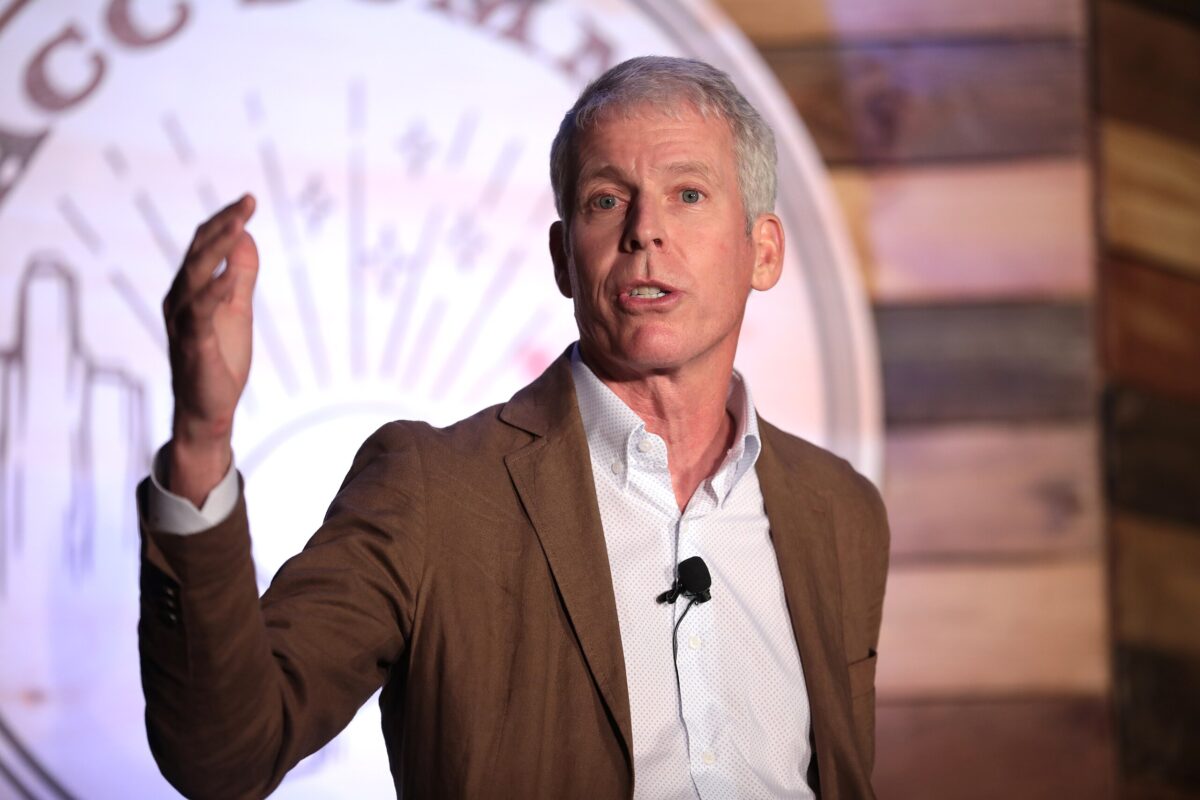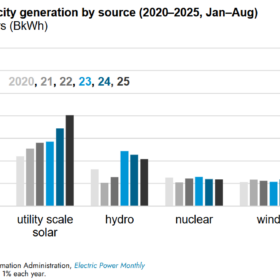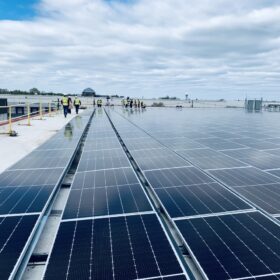Late last week, the California Energy Commission weakened some of the regulatory strength of the California Solar Mandate when it approved Sacramento Municipal Utility District’s Neighborhood SolarShares Program, a proposal for community solar under the 2019 Building Energy Efficiency Standards.
The new energy code, just seven weeks old, is aimed at new housing construction up to three stories – mandating that every single-family and multiple-family dwelling in the state install enough solar to meet the home’s estimated annual electricity needs. According to the CEC, “Exceptions to the PV requirement exist for specific instances in which a house may be built in an area of insufficient solar availability [shade] or where electricity rates are uncommonly low.”
The updated energy code now includes community solar as an alternative to rooftop PV systems.
The Commission decided to give Sacramento home builders and homeowners the choice of purchasing solar power from Sacramento Municipal Utility District’s community solar program — instead of following the mandate of putting solar systems on all new homes.
The revised language has pitted solar advocates against the utility — and now sets a precedent in the way that the California Solar Mandate will be enacted.
Solar advocates claim the update undermines the installation of residential solar and storage. The utility and supporters of the update see the community solar program now providing more choice and being more equitable to low-income homeowners.
“Other community solar proposals will look different.”
“Community solar was built into the Energy Code to provide flexibility in satisfying the solar requirement,” said Commissioner J. Andrew McAllister, who is the Energy Commission’s lead on the Energy Code. “We expected that the marketplace and stakeholders would find solutions appropriate for their communities. SMUD has created a proposal to do that by offering builders 100 percent solar power at guaranteed savings to their customers. Other community solar proposals will look different.”
Community solar was specified in the mandate — but the term itself was not strictly defined. Under SMUD’s community solar plan — new Sacramento housing is permitted to use already-built solar arrays that are located offsite.
The update to the community program:
- Generation sources will be located in SMUD service territory
- Renewable power sources will be new and 20 megawatts or less
- Developers and builders will offer a point of purchase choice option for home buyers
- Participants will see charges and receive credits on their bill at a guaranteed annual net benefit of $10 per kilowatt per year
Removing the teeth from the solar mandate
By allowing SMUD this option, the regulators have removed some of the teeth of the new, radical mandate.
This is the interpretation of the mandate that SunPower CEO Tom Werner warned about in a recent interview with pv magazine: “A development could be built without solar as long as it had a community solar plant somewhere else. But the ‘somewhere else’ is important. We would say that somewhere else should be proximate to the new home. But if you’re a utility, you would say it needs to be somewhere in this universe.”
CalMatters.org quotes Laurie Litman of climate group 350 Sacramento: “The concern is that if it’s cheaper for developers to not put solar on people’s homes, then they’re going to opt for that choice. That’s going to undermine the solar homes mandate throughout the state because then other areas and other utilities will ask for that waiver as well.”
SMUD spokesperson Lindsay VanLaningham said that the utility’s offsite solar program has no upfront cost to residents, guarantees solar power even on cloudy days and is maintained by SMUD, not the homeowner.
Los Angeles Department of Water and Power and the Modesto Irrigation District (both community-owned utilities) supported SMUD’s proposal.
Precedential impact
Since the California solar mandate is new, this first update by the CEC could have a strong impact on how the mandate will be approached by home developers and the state’s other utilities.
“What is so objectionable about SMUD’s proposal is they’re essentially blocking the growth of rooftop solar so that they can get an edge on their solar farms,” said Dave Rosenfeld, executive director of the Solar Rights Alliance. “What they should be doing is encouraging solar in every possible way.”
Solar industry analysts have estimated that the California Solar Mandate could add more than 1 GW of PV over the next five years — but this new ruling might change that calculation.
This content is protected by copyright and may not be reused. If you want to cooperate with us and would like to reuse some of our content, please contact: editors@pv-magazine.com.








CA has a homeless problem and I can understand why SMUD would want to get a jump on their own system. SMUD has been a consistent fair player in their position as Sacramento has consistently great electrical rates. I encourage PV to dig deep to determine the net effects. Solar costs are going down. Doesn’t it make sense to keep some housing costs down to address this issue? Homelessness has affected my neighborhood negatively. I encourage PV to add this to the equation. This is a complex problem needing lots of debate and insight.
Jesse Keith